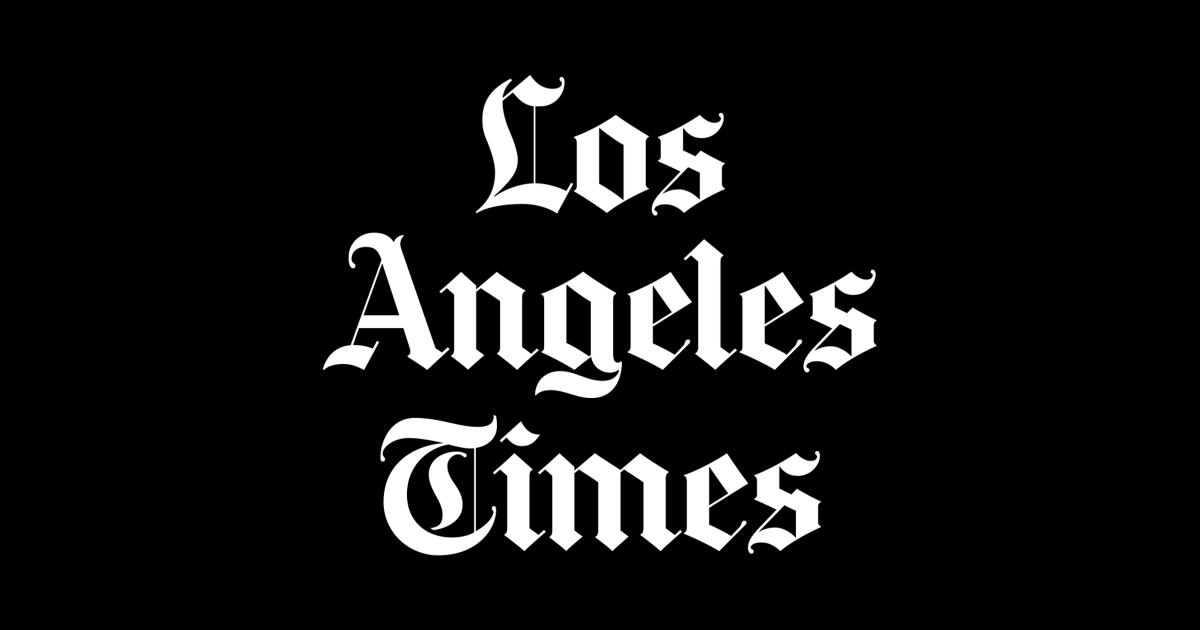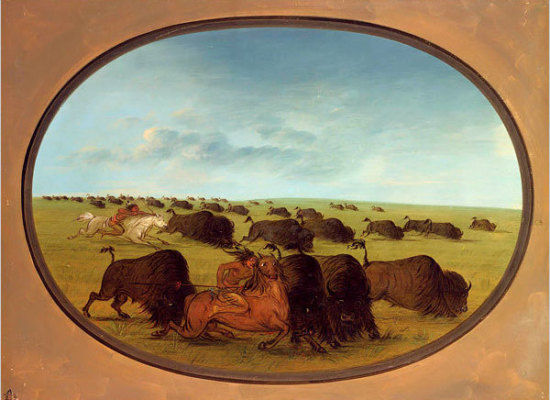Despite technical glitches, Obama's cultural evening is powerfully intimate
7:13 AM, May 13, 2009
For a president with more than his fair share of crises on his plate, Barack Obama’s decision to devote an hour Tuesday to promoting the arts should come as welcome assurance that culture has a good friend at the White House.
In what was billed as an evening of poetry, music and spoken word, a group of about 10 artists and writers — including James Earl Jones, Michael Chabon and Lin-Manuel Miranda — entertained the first family and an invited audience of students from several local universities in Washington.
It was the first installment in what the administration has stated will be an ongoing effort to make the White House more accessible and culturally engaged.
“We’re here tonight ... to highlight the importance of the arts in our nation and our nation’s history,” Obama told the crowd.
“The arts have the ability to lift us out of our daily existence, if only for a few moments.”
The first lady then took the lectern, telling the audience to “have fun, be loose.”
“I’ve wanted to do this from Day One,” said Michelle Obama. “It’s another way to open the White House and to make it the people’s home.”
But even the best intentions can have flaws; it’s clear that the people’s home needs a better sound system.
The entire event was broadcast live on the White House’s official website, but recurring static noise rendered large swaths of the evening inaudible or difficult to hear for Internet audiences. The problem was most noticeable during the musical portions of the evening.
Another technical problem was a roving camera that failed to find a comfortable resting place. Despite these frustrations, the jazzed mood emanating from the East Room of the White House was palpable and infectious. All it took was a dramatic spotlight and a couple of melancholy piano chords to transform the space into a hip downtown cafe.
Each performance lasted three to five minutes, alternating between spoken word and music.
The centerpiece of the evening was Jones, who performed a soliloquy from Shakespeare’s “Othello” in which the Moorish general testifies in front of the senate of Venice. Reciting from memory, Jones found humor and pathos in the difficult speech, delivering hammy moments with intensity and relish.
Chabon and his wife, Ayelet Waldman, performed a comic duet in which they made fun of their inability to authentically deliver spoken-word poetry.
Members of Def Poetry Jam performed short spoken numbers while musicians including Esperanza Spalding, Mayda Del Valle and Eric Lewis performed instrumental and vocal pieces that ranged from jazz to soul.
Tony winner Lin-Manuel Miranda closed the evening in an energetic solo number accompanied by piano.
The president and the first lady stayed for the entire event, even leading the standing ovation at the end. (They were accompanied by their children, Sasha and Malia, both sporting bluejeans.)
Populist outreach is nothing new in the White House — you might consider the evening’s webcast as a kind of modern-day fireside chat with a cultural slant. The intimacy of the moment — no matter if it was staged or scripted — is a potent political tool.
The camera lingered on Obama as he shook hands with the artists after the concert, chatting with them at length. For those who care about culture, that’s as powerful as symbols get.
-- David Ng
http://www.huffingtonpost.com/2009/0..._n_202893.html (slide show of White House Poetry Jam)
---------------------










Comment